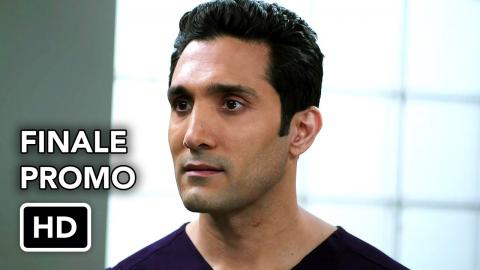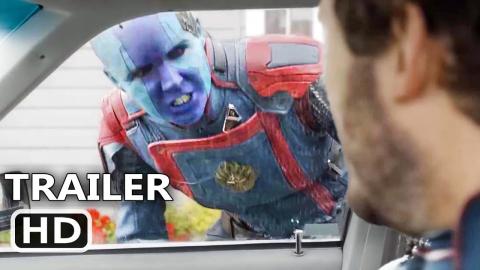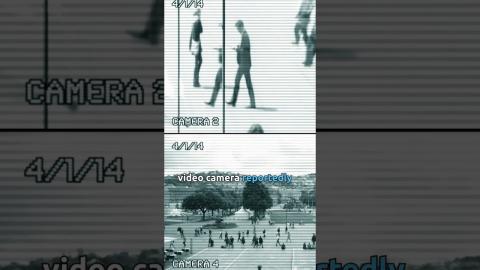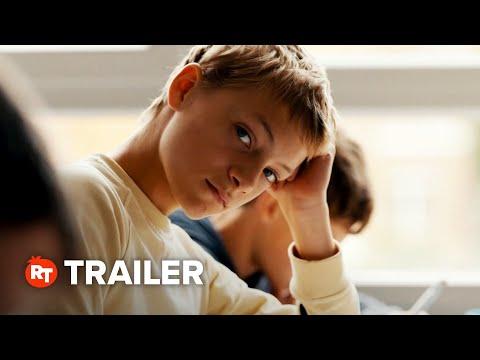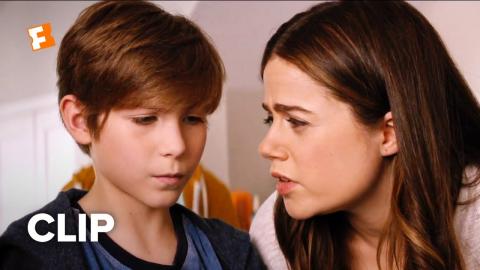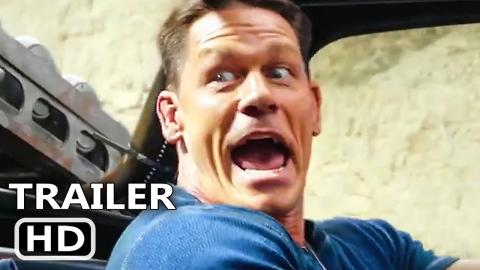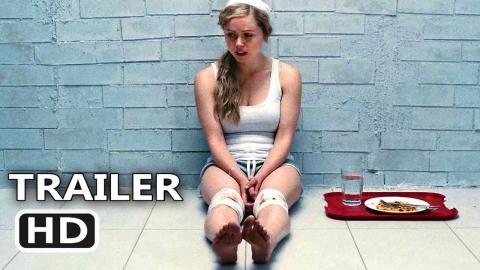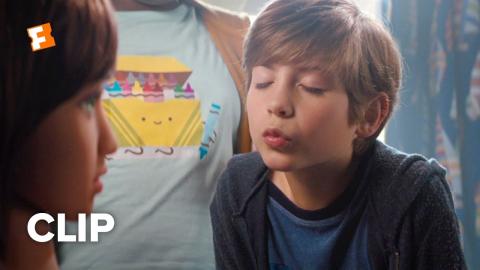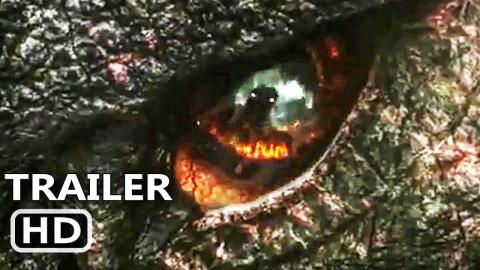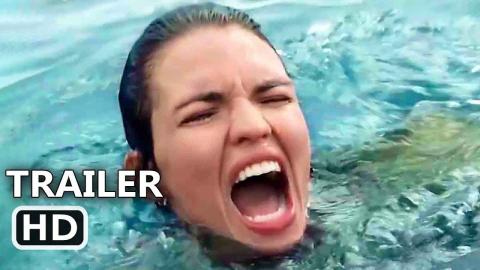Why These Movies Open And Close With The Same Scene
Description
Cinematic "bookends" explained
Subscribe: http://bit.ly/Subscribe-to-Screenrant
Bookending, aka, the technical term for this videos title, is an effective technique for contrasting a character or situation from how it began, to how it ends up at the finale of the film. Whether it’s a film like 1917 where the character ends up in the same position and performing the same action, or a film like the Breakfast Club which uses the same speech to highlight what we now know about these characters beyond what’s on the surface, bookending makes it obvious to the viewer that something has changed. And while it can be a little overdone, it can’t be denied that it works!
In this video, we take a look at 10 examples of Bookending, whether they be simply using the same line, the same actions, the same music, or even all of the above! We look at films that used these techniques to contrast the characters change in circumstance, whether they were positive, negative, or in one case, completely neutral.
Do you find bookending to be a compelling cinematic technique? Do you think it’s overdone, or would you prefer to see other techniques used? I can say that my research pointed me to some LONG lists of bookended films, so there’s definitely arguments to be made for and against its use. Let us know in the comments below and make sure to subscribe to the channel today for all this and more interesting content.
Check out the Behind The Screen Podcast - By Screen Rant on Spotify!
https://open.spotify.com/show/6sMJkP1E4N7kPYL5v9OW3v
Our Social Media:
https://twitter.com/screenrant
https://www.facebook.com/ScreenRant
https://www.linkedin.com/company/screen-rant/
Our Website:
http://screenrant.com/
Written by: Jason Byrne
Narrated by: Jason Byrne
Edited by: Jason Byrne
For copyright matters please contact us at: legal@valnetinc.com

